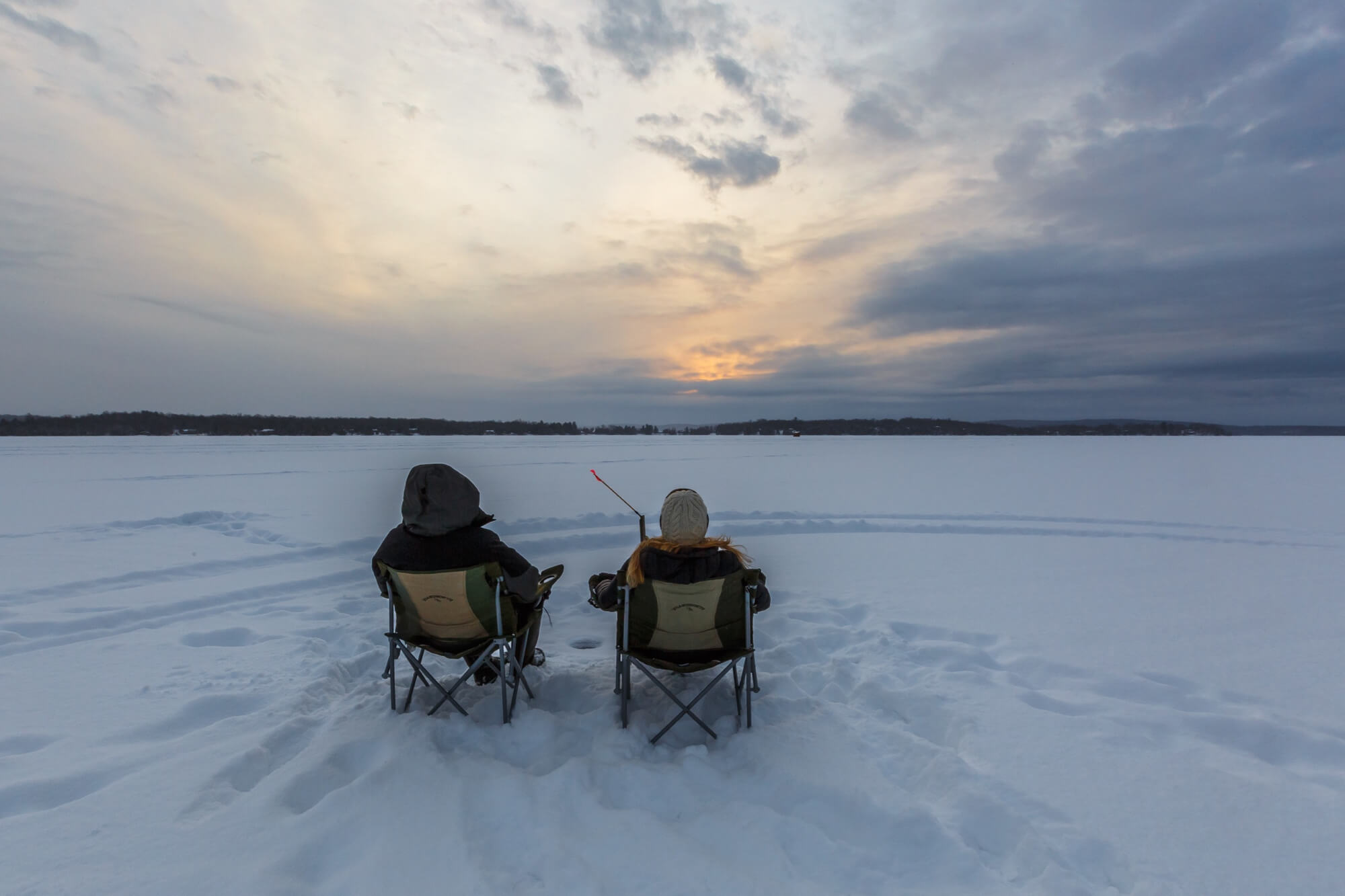Ice fishing in Alberta is a unique activity perfectly suited to our winters. You and a close group of friends can spend hours talking, laughing, and watching the waters below, sharing stories amidst the acres of silence, then sharing the silence as the first pike comes to inspect your lure. Here are some tips on how to get started, how much you need to know, what to bring, what to catch, and some ice fishing lakes in Alberta, such as Wabamun Lake, Pigeon Lake, Wizard Lake, and Gull Lake.
Why Do Many People Love Ice Fishing In Alberta?
- The lakes in Alberta have some of the most beautiful winter scenery.
- Many popular ice fishing spots will already have equipment available for rent or borrow.
- There is almost no skill required.
- It’s secluded and peaceful — ideal for unplugging for the weekend!
- You are welcome to take the fish home with you!
Best Time To Go Ice Fishing In Alberta
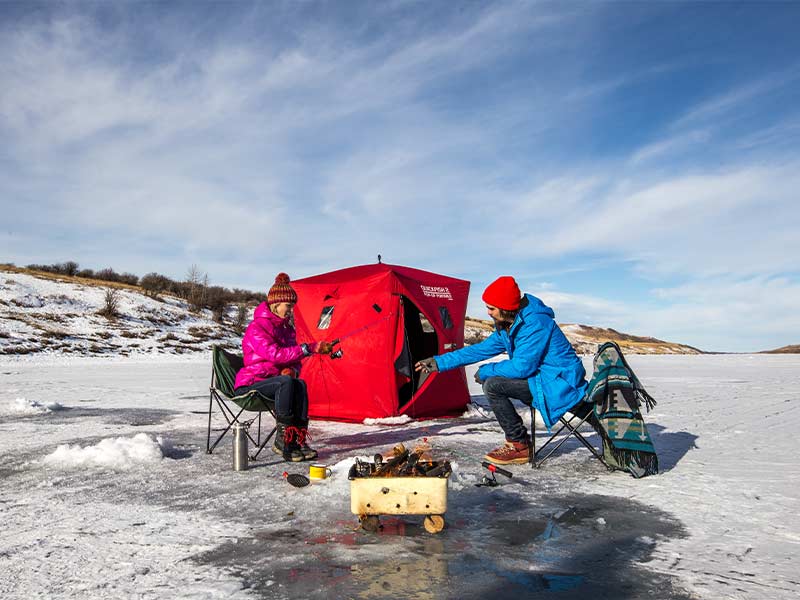
The first thing to look for is the thickness of the ice. It is safe to walk, skate, or fish on ice that is four inches thick or thicker. If you’re going with a larger group, however, you might want to wait until the ice is five or six inches thick. The general rule of thumb is that the smaller the lake, the sooner it is suitable for fishing on, and to check in with official bodies that test the lakes regularly to see how thick the ice is.
Next, choose a time when the fish are most likely to bite. While you can fish as long as the ice is thick enough, November and December are especially good months because the weather isn’t too cold yet. The oxygen levels in the water are still relatively high, indicating that the fish are still quite active.
Best Ice Fishing Lakes In Alberta
Lesser Slave Lake
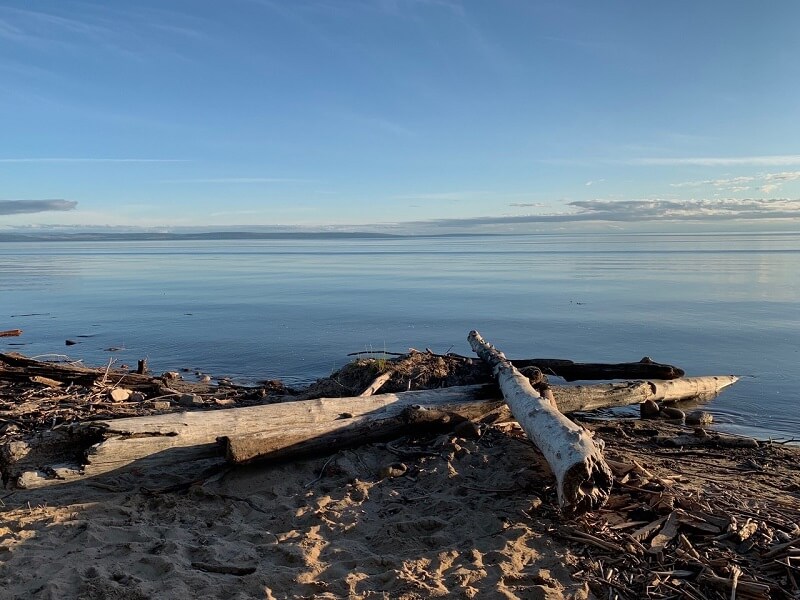
Lesser Slave Lake and the town of Slave Lake on its shores are five and a half hours from Calgary and just under three hours from Edmonton.
The most common fish caught here are walleye and burbot. You can go to town and ask at one of the outdoor stores where to go. There are several hot spots on the lake. It’s a good idea to bring an ice fishing tent because the lake’s 100-kilometer length is notorious for strong winds. Currently, anglers can catch and keep walleye on this lake, which is very exciting. Because of Alberta’s small number of watersheds in comparison to its population, walleye catch and retention is largely prohibited.
Burbot is also fun to catch and will most likely be caught while walleye fishing. Many people are aware of the benefits of cleaning and eating burbot. Check out one of the many online videos that demonstrate how to clean walleye and burbot. However, be aware that burbot can put up a good fight. They are classified as gadiform (cod-like). They resemble a cross between a catfish and an eel. A standard jig with a twister tail works well on an ice fishing rod and reel combo for walleye or burbot.
Calling Lake
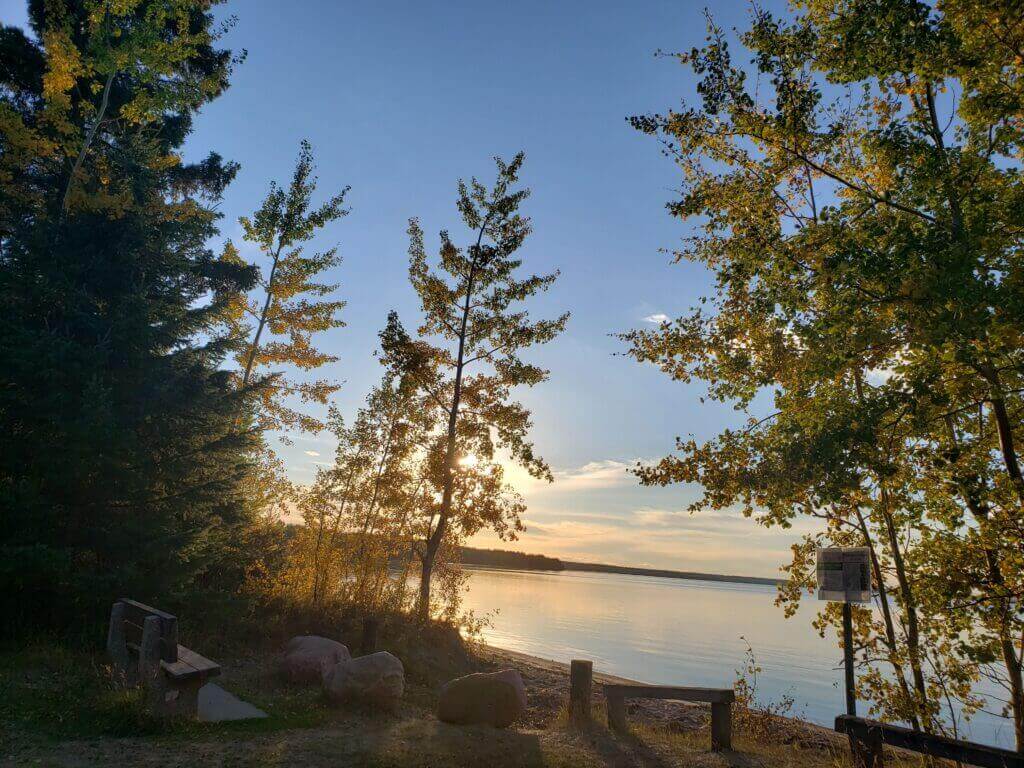
Calling Lake is only a little more than a five-hour drive north of Calgary. The lake is located in the tiny hamlet of Opportunity, Maryland. It’s famous for its large to medium-sized walleye. It also has a catch-and-release walleye fishery.
I’ve had days on Calling Lake where we caught four-pound walleye. This lake also has Northern pike, burbot, and perch. When ice fishing, I always recommend keeping an eye out for where other people are putting up their tents. Creating a good topographical map of the lake’s depths is also a good practice. Personally, I prefer to set up in transitional areas where the depth of the water rapidly changes from 7 to 14 feet. If this depth change occurs over a ten to fifteen-minute period,
Personally, I prefer to set up in transitional areas where the depth of the water rapidly changes from 7 to 14 feet. If this depth change occurs over a ten to twenty-foot walking distance on the ice, you are in a good walleye transitional area. Regular 14 oz. jigs with twister tails or whatever bait you’re allowed to use (check the rules) will work well. When ice fishing for walleye, I prefer chartreuse or yellow (bright) colored jig. Change the colors as often as you want. A specific color can sometimes really entice fish to bite. Do some research on the lake you’re visiting online. There are some excellent anglers on online forums who are willing to share their knowledge of what works. If you have any specific questions, please do not hesitate to contact me.
Related post Alberta Lakes to Visit for the Most Spectacular Fall Color Views
Crawling Valley Reservoir
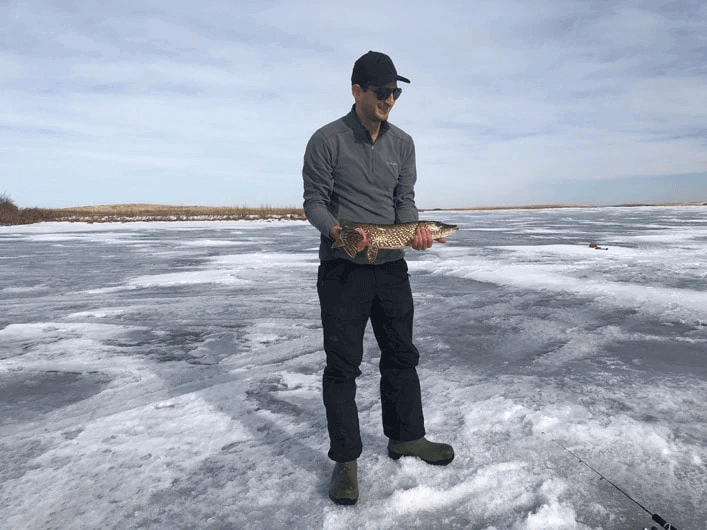
I always recommend ice fishing at Crawling Valley Reservoir near Bassano to southern Albertans. It is an extremely accessible fishery. Many stores in southern Alberta have employees who are acquainted with this watershed. Walleye are not catch-and-release in this reservoir, as they are in many other southern Alberta fisheries.
There is a lot of fish in different areas of this lake, and there are a lot of people fishing at CVR, so getting information while fishing is always simple. Crawling Valley is only an hour and a half drive east of Calgary. It’s also a great place to catch northern pike, perch, walleye, and burbot. More northern pike activity can be found off the more reedy shorelines where the depth is quite shallow, and more walleye can be found as you transition into 9-14 feet of water. This lake is best in the early morning or early afternoon, in my opinion. Walleyes weigh between 1 and 2 pounds on average. The advantage of CVR is that its catch rate is usually consistent.
Wabamun Lake: Try Going Ice Fishing Here!
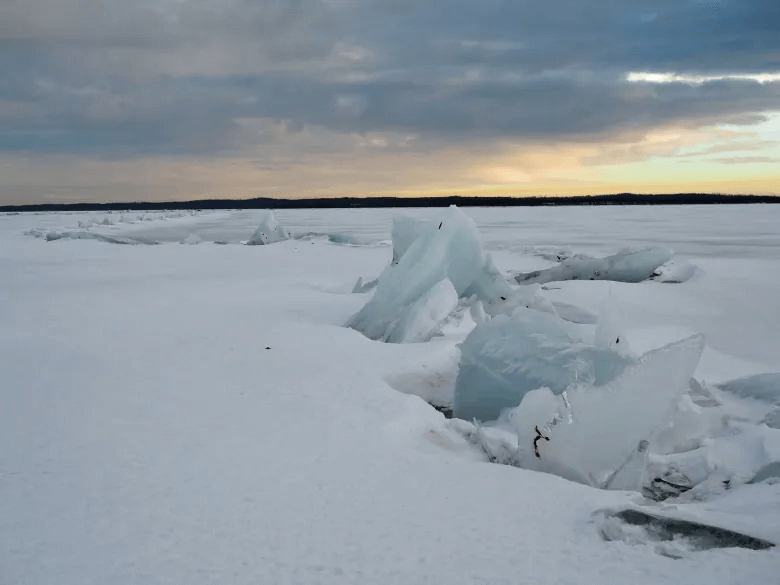
Wabamun Lake, west of Edmonton, is a popular year-round destination for going ice-fishing pike and walleye. Locals tell us there isn’t much reason to fish anywhere else. The lake is well-stocked with walleye, and they seem to be biting all the time!
Wabamun Lake is located on Highway 16, west of Edmonton. From Edmonton, take Highway 16 west for about 62 kilometers to the Wabamun Lake exit ramp. The townsite has direct lake access.
Lac Ste. Anne Lake
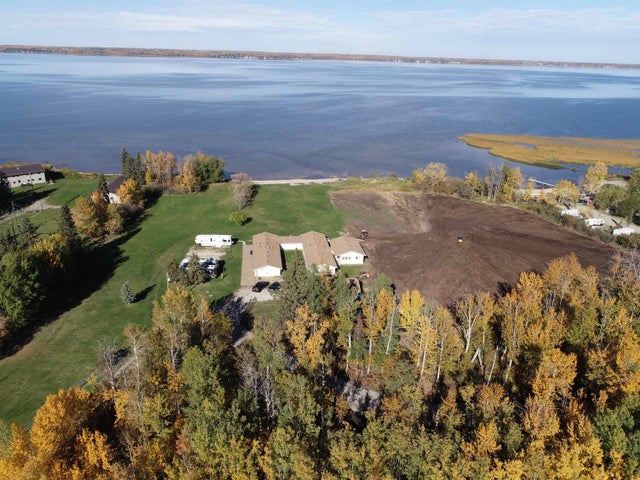
Lac Ste. Anne is a well-known gem located just west of Edmonton. The lake is best known among anglers for its productive walleye and pike fishing, but it also has burbot and yellow perch. Expect to see a lot of people ice fishing on Lac Ste. Anne. Near the West Cove boat launch, anglers can find productive pike fishing.
Anglers in Alberta also recommend the narrows, especially on windy days, because it provides some shelter. This lake has a lot of structure, so look around until you find something you like. Members of Angler’s Atlas have populated the Lac Ste. Anne page with information, photos, and map markers. Check it out, and feel free to add your own!
Follow Highway 16 west to Highway 43, then turn right. Continue on this road for nearly 25 kilometers to Highway 33 in Gunn. There are several access points around the lake, with Alberta Beach serving as a hub for many activities. It should be noted that parking is not permitted at the Alberta Beach boat launch.
Read more 6 Breathtaking Sights in Alberta That Make You Feel Like You’re Lost in Paradise
Pigeon Lake, Alberta
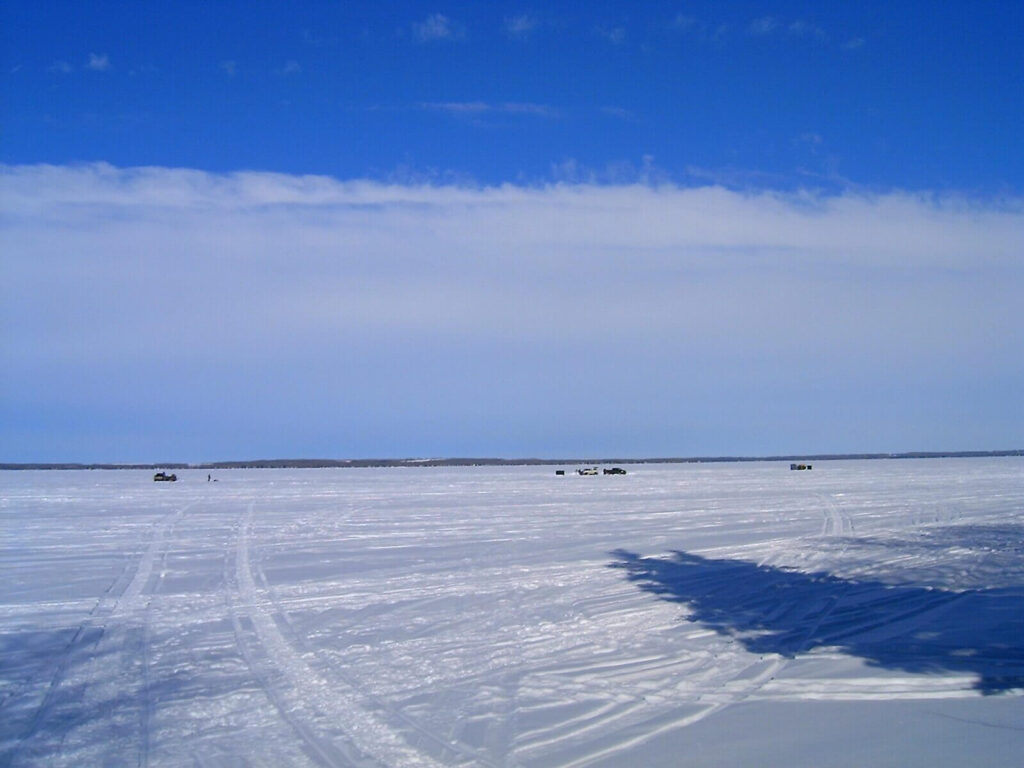
Pigeon Lake, with its large area and shallow depth, is similar to many other lakes in Alberta. These conditions are ideal for walleye, northern pike, and lake whitefish, with walleye being especially abundant in these waters.
Intriguingly, commercial licenses for Pigeon Lake were issued in the 1920s, with a market for its fish in New York and Chicago. After only a few years, licenses were no longer issued due to stock depletion. Stocks were replenished, restoring Pigeon Lake in Alberta to its former glory.
Please familiarize yourself with the provincial fishing regulations before venturing out, as sections of the lake are closed all year, and a tag system is currently in place for catching walleye.
Anglers have reported catching and releasing up to 60 walleye per outing in Pigeon Lake in Alberta.
Pigeon Lake in Alberta is located about 100 kilometers southwest of Edmonton. South on Highway 2 until you reach Highway 13. Turn right and follow this road for about 25 kilometers to the south end of Pigeon Lake in Alberta. Ma-Meo Beach Provincial Park is nearby.
Anglers can also continue along Highway 13 to Secondary Highway 771 and turn right (north) to Pigeon Lake Provincial Park, which is 10 kilometers from the turnoff. There is a boat launch at this park.
Gull Lake: Best Ice Fishing Lakes In Alberta
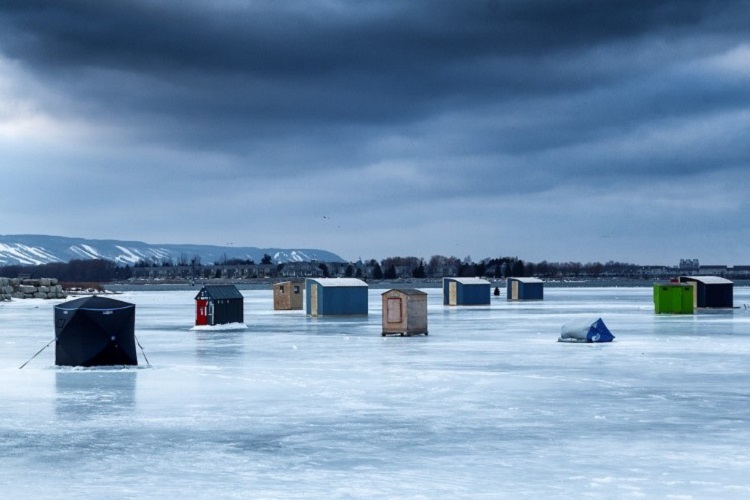
Gull Lake is part of Aspen Beach Provincial Park, and it can get crowded on weekends due to its proximity to Red Deer and Edmonton. This is true in both the summer and winter months, with over 150 people reported on the lake in December. Gull Lake is well-known for its ice fishing for lake whitefish. When you get on top of them, locals report that you can limit out in under an hour.
Gull Lake, which is large and shallow, has recently been stocked with walleye. The west side of Gull Lake is well-known for its excellent fishing.
Whitefish, pike, and burbot are plentiful, good-sized, and usually easy to catch while ice fishing in the winter. Slowly retrieve a small worm or bead-head nymph. This lake allows bait, including dead bait fish. The canal that drains into Gull Lake is closed to fishing all year.
Gull Lake is located just northwest of Red Deer. Take Highway 2 north to Highway 12 and turn left. Gull Lake is about 10 kilometers from the turnoff and is on the north side of the road.
The park, one of Alberta’s oldest, is situated on the southwest shore. In the winter, the best places to park are at Brownlows Landing, just northwest of the park, and Wilson’s Beach, just north on the east shore.
Wizard Lake: Popular Ice Fishing Lakes In Alberta
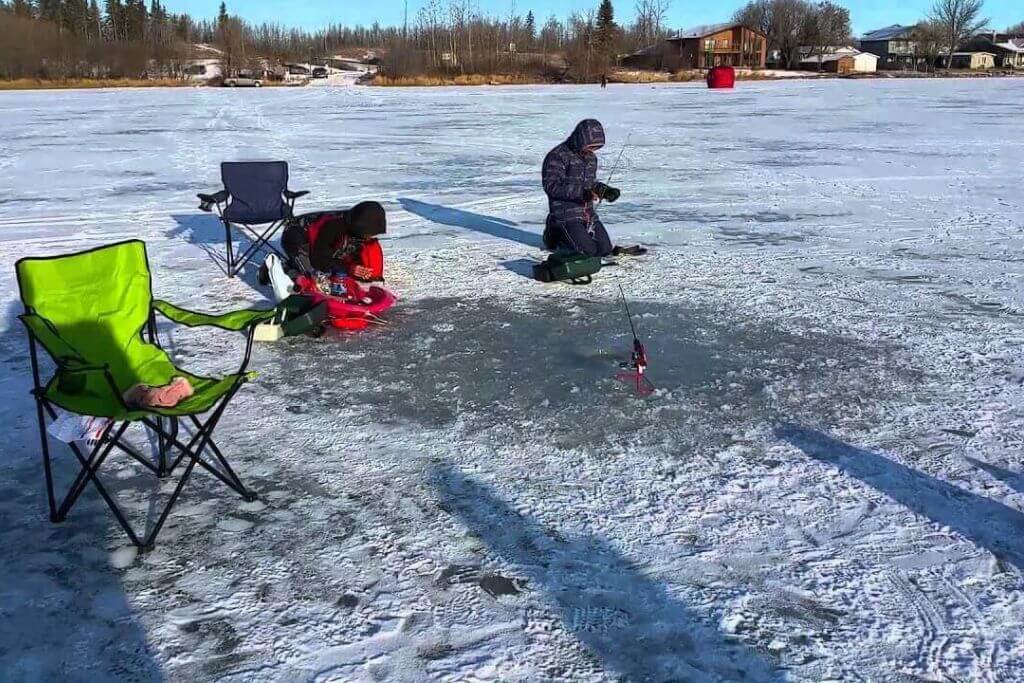
Only 50 kilometers from Edmonton, serpentine Wizard Lake is open all year for northern pike and yellow perch fishing. Wizard Lake is supposed to have walleye, but no catches have been reported.
Burbot has also been caught. These deep-water lurkers, like pike, are opportunistic feeders and will take a variety of baits.
Ice fishing for pike is particularly popular, but keep an eye out for springs that can thin the ice.
While the majority of the fish are small, Wizard Lake is surprisingly productive overall. Spring pike fishing is said to be good for small and medium pike up to 5 pounds. Each year, Wizard Lake is open from May 15 to March 31st. The narrows are frequently more fruitful than wider stretches. Another hot spot is just past the boat launch, at a depth of 10-15 feet.
Conjuring Lake was the common name for the lake until the late 1960s. According to First Nations legends, strange noises in the lake were caused by “conjuring creatures.” Conjuring Creek, which drains the lake, is still known as such.
Wizard Lake lives in two counties. The lake’s northern shore is in Leduc County, and its southern shore is in Wetaskiwin County.
Wizard Lake can be found southwest of Edmonton. Take Highway 2 south to Leduc, then turn right onto Highway 39.
Follow this road for about 15 kilometers to Secondary Highway 795 in Calmar. Continue for another 15 kilometers to the lake turnoff, which leads to the lake’s east end. Leduc County operates Wizard Lake Jubilee Park, which has a day-use area, paid parking, and a boat launch.
Maybe you want to read 10 Surreal Places In Alberta That You Have To Visit At Least Once In Your Life
What To Bring When Going Ice Fishing In Alberta
Warm clothing – Ice fishing, as the professionals say, is not a fashion show. Bring plenty of layers (because it’s easier to shed them if you get too hot) and hand warmers to stash in your gloves.
Ice auger – Before you can fish, you must first bore a hole in the ice. While a hand auger will suffice, a power auger will make the job easier and faster, giving you more time to relax. These are available for rent at most fishing supply stores or at facilities on popular ice-fishing lakes.
Comfortable chair – Because you’ll be sitting for up to six hours per day, your chair will be your best friend. Make an informed decision.
Fishing tent or shack – Having a structure protects you from the wind, keeps the heat in, and allows you to see the light refracting through the ice to illuminate the lake bed beneath you. You can also rent 2-12 person tents or pull a shack across the lake on skis. Popular lakes may also have shacks for public use.
Fishing equipment consists of a rod or pole, a lure, some fishing line, and bait. Fishing shop owners will most likely be delighted to learn what you’re fishing for and will be able to advise you on what’s effective and what might get you in trouble.
Something to keep you warm in your shack or tent – A small stove or heater can save your life. On the ice, you can even have a campfire! Just make sure your shack has adequate ventilation. You can also go wrong with bringing a flask of your favorite libation to keep the bones warm.
All necessary fishing licenses and documentation. Check AlbertaFishingGuide.com for all the necessary paperwork (it should cost less than $50). They also provide advisories and regulations, as each lake has different rules, such as how many fish of a particular species you can keep.
Kinds Of Fish You Can Catch While Ice Fishing In Alberta
Northern Pike – a lake monster, the northern pike can weigh up to 50 pounds! This species can be found in lakes and marshes throughout Alberta.
Walleye – Walleye prefer rivers and lakes in the flatlands, so they won’t be found in the mountains or foothills. Their massive eyes are a dead giveaway.
Whitefish – One of the most popular ice-fishing specimens due to their abundance and delicious flavor. Expect to see them all over Alberta, particularly in hydroelectric reservoirs.
Perch, Yellow – This species, which is a beautiful mix of olive and bright yellow, travels in schools and is more resistant to low water oxygen levels, so you’ll find them easily in the later winter months.
Arctic Grayling – Its large dorsal fin distinguishes it from other catches, and it is most commonly found in bodies of water fed by streams and rivers.
Burbot – With catfish-like whiskers and a long, slender body, you’ll know you’ve caught burbot. They are very active during the winter, but they are not a common catch because they prefer to stay close to the lakebed.
Golden Trout – Among the many trout species found in Alberta (including rainbow, brook, brown, bull, and cutthroat, to name a few), this species is found in mountain ranges. Because of its striking coloration, it is easy to identify.
Post for you Ice Fishing In Ontario: 10 Best Places And Tips To Be Safe On The Ice
